Please login or click here to join.
Forgot Password? Click Here to reset pasword
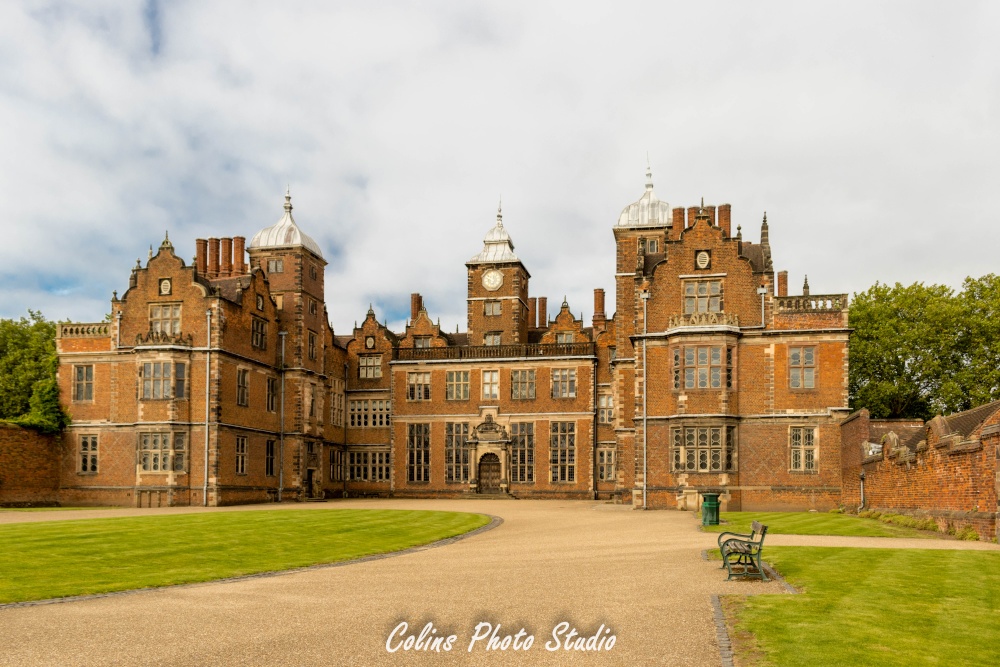
This magnificent Jacobean mansion is currently undergoing a 10 million pound make-over to both the Hall, its range of buildings and the grounds. This will allow for better visitor facilities, and the refurbishment will enhance what is already there.
Aston Hall was begun in 1618 for Sir Thomas Holte, 1st Baronet, and completed around 1635. In general terms the architect remains unknown but it is thought John Thorpe may have been responsible for the design, as there are two manuscript plans for the building in his "Book of Architecture". The Hall, one of Birmingham's treasures has managed to retain much of its original charm, although it underwent slight alteration in the late 17th and early 18th-centuries.
The house remained the home of the Holte family until early in the 19th-century when it was rented to James Watt, son of the famous engineer, who remained there until his death in 1848. His family crest can be seen in some of the decorations and much of the house, particularly the upstairs, is decorated in 19th-century style. James Watt was one of the first embrace furniture in the neo-classical style.
After Watt died the hall was left empty for some time, it was eventually purchased by a private company and opened up to the public as a museum in 1858. Queen Victoria officiated at the opening ceremony. Today, it is part of Birmingham Museums and Art Gallery.
One of the most beautiful rooms in the hall is the Long Gallery, this like the Dining Room has a fine plaster ceiling dating from about 1630, and original panelling. Intricate carved panelling can be seen in several of the other rooms.
The hall is furnished as far as possible in accordance with inventories of the house contents of the 17th and 18th-centuries. Sadly, much of the original furniture and house contents were dispersed in sales of 1817 and 1849, and the contents we see today have been drawn from museums and private collections.
This fascinating historic hall, lying in the shadow of a modern day Aston Villa Football Club, makes an interesting and rewarding visit. Presently closed for an extensive make-over, Aston Hall will be re-opened in the summer of 2008.
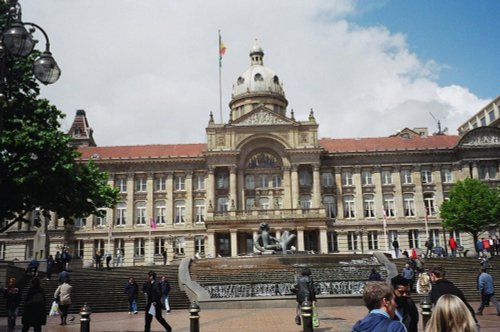
a Historic City in the county of West Midlands
(1.4 miles, 2.3 km, direction S)Birmingham, Britain's second city, known as the city of a thousand trades, has long been recognised as one of the World's most important manufacturing and commercial centres...

in the county of West Midlands
(3.4 miles, 5.5 km, direction S)Edgbaston is a district of wide leafy roads lined with elegant houses, lately these have become interspersed with more modern buildings, yet the suburb has somehow managed to retain much of its 19th and early 20th century charm...

in the county of West Midlands
(8.0 miles, 12.8 km, direction SE)..

in the county of West Midlands
(8.3 miles, 13.3 km, direction W)Dudley is a market town, it was granted its market charter in the 13th century, since then the lively outdoor market has been a focal point which has drawn regular visitors to the town...
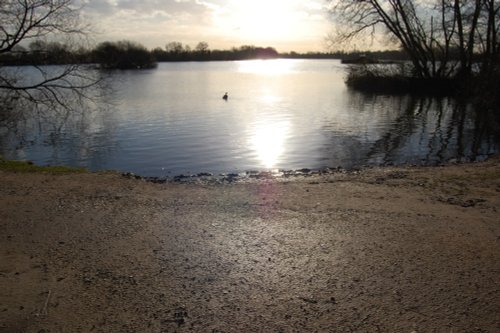
in the county of Warwickshire
(9.4 miles, 15.2 km, direction NE)Kingsbury lies in a quiet corner of Warwickshire, it is most notable for its water-park which offers an oasis of calm for visitors escaping the hurried life of Birmingham and other nearby cities and large towns...
All towns in West Midlands
Matthew Boulton was born in Snow Hill, Birmingham in 1728. His father was a Toy maker, and the young Matthew was eventually to.....
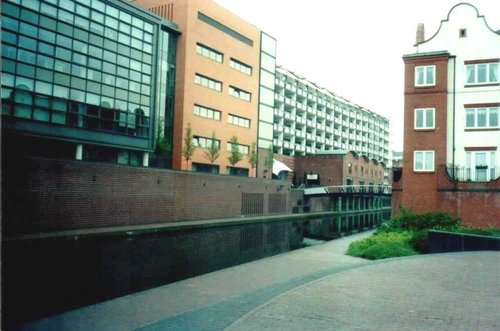
The Sea Life Centre offers a unique insight into the lives of a myriad of creatures from shrimps to sharks...
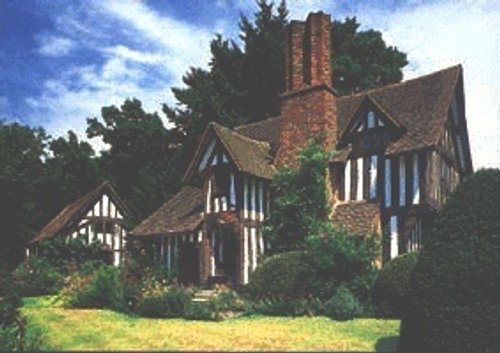
Take a step back in time at the old Tudor house in south Birmingham. Selly Park Museum is set in the leafy area of Bournville.....
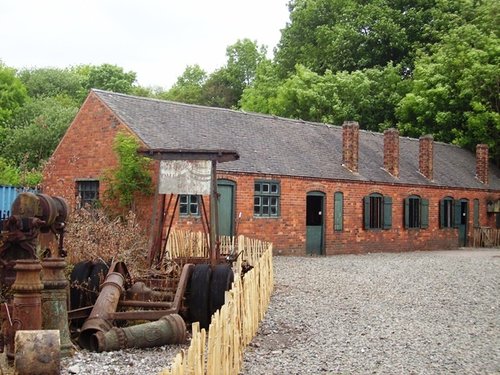
This is a delightful outdoor museum developed with flair and imagination to celebrate all that is best of the rich social and.....
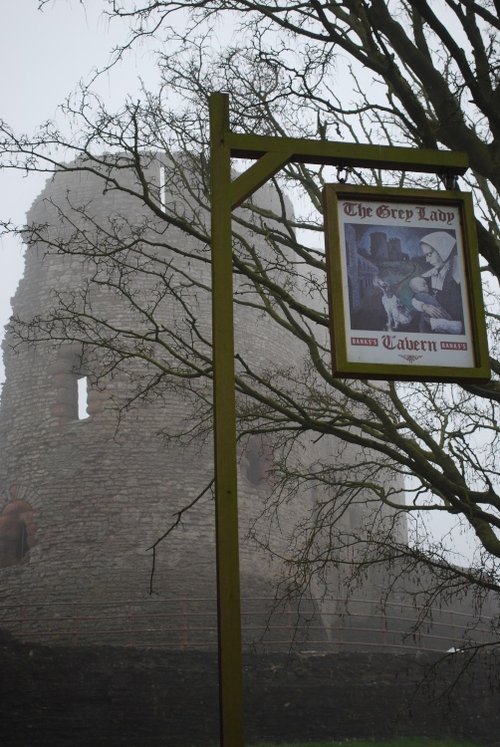
Dudley possesses one of the most important ruins in the West Midlands, the panorama from the keep of this fortress which was once.....